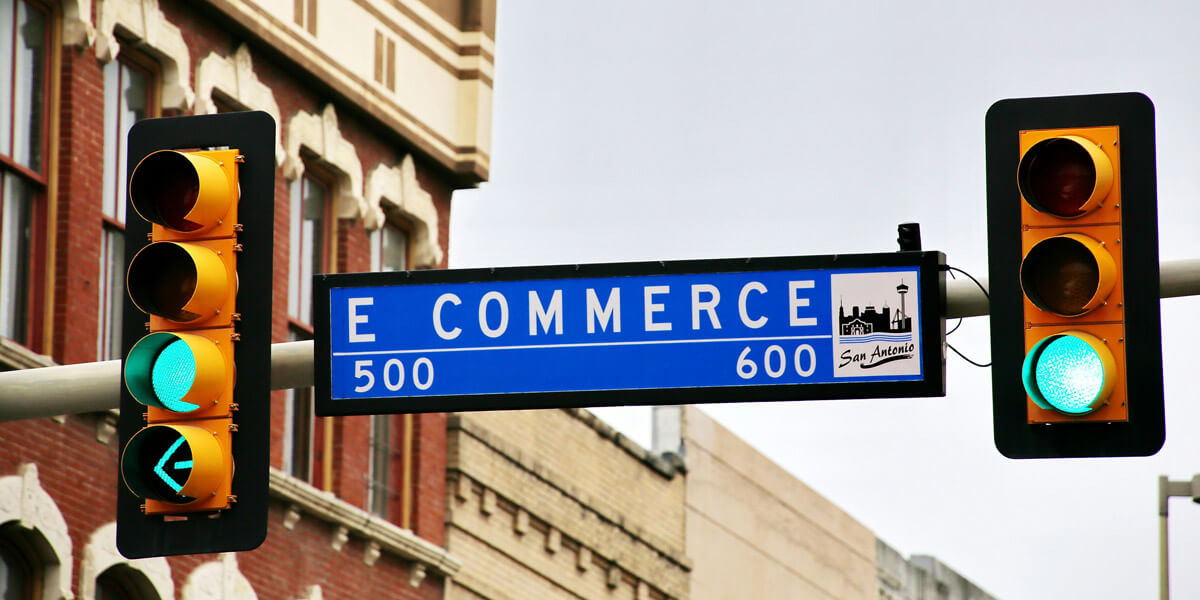When you first think about search engine optimization, or SEO, permalinks probably don’t come to mind. But they’re actually very important to your website’s ranking, providing that you use them correctly.
Let’s dive into what permalinks are, how to use them and how to structure them for good SEO.
What are Permalinks? Why are They Important?
A permalink is the URL of a web page. It refers to a specific URL structure and is expected to remain unchanged for many years into the future. Every permalink is a URL, but not every URL is a permalink.
Permalinks are important for a couple of reasons. First, they help people anticipate what your posts or pages are going to be about. This makes them more likely to visit. Second, permalinks tell the search engines what your posts and pages are about, improving indexing and ranking.
Just as with other aspects of SEO, permalinks are designed to help users and the search engines understand your content, improving its rankings and traffic.
Tips for Creating Permalinks for SEO
To make a permalink, all you need are these three ingredients:
- Your domain name
- Your slug
- Your path
With this information, you can put together a permalink that looks something like this: yourdomain.com/all-natural-sunscreen.
Here are a few additional tips to making your permalink SEO-friendly:
- Keep it short. Avoid articles like “a” or “an.” Users can still understand what your content is about without these filler words. So if your article is titled, “How to Pick a Sunscreen for the Summer,” your slug can be /pick-sunscreen-summer.
- Include your main keywords. Your slug is an opportunity to use your main keywords. Make sure the keyword you use matches the content on your page. Otherwise, readers will be frustrated.
How to Change Permalinks
WordPress understands SEO and makes it easy to change permalinks. You won’t need to install plugins to get the job done, either. All you need to do is open “Settings” and click on “Permalinks.” You can then choose your structure. Your options include:
- Default (we do not recommend this for maximum SEO value)
- Day the post went live and name of post (recommended)
- Month the post went live and name of post (recommended)
- Numeric (again, not the best option for SEO)
- Post name (okay for SEO, but not great)
- Custom permalinks (create a custom formula for your permalink)
Don’t overlook permalinks because they are another option to increase your rankings and get more eyes on your content. To discuss your current permalink structure and the improvements that can be made, contact Magna Technology today.




